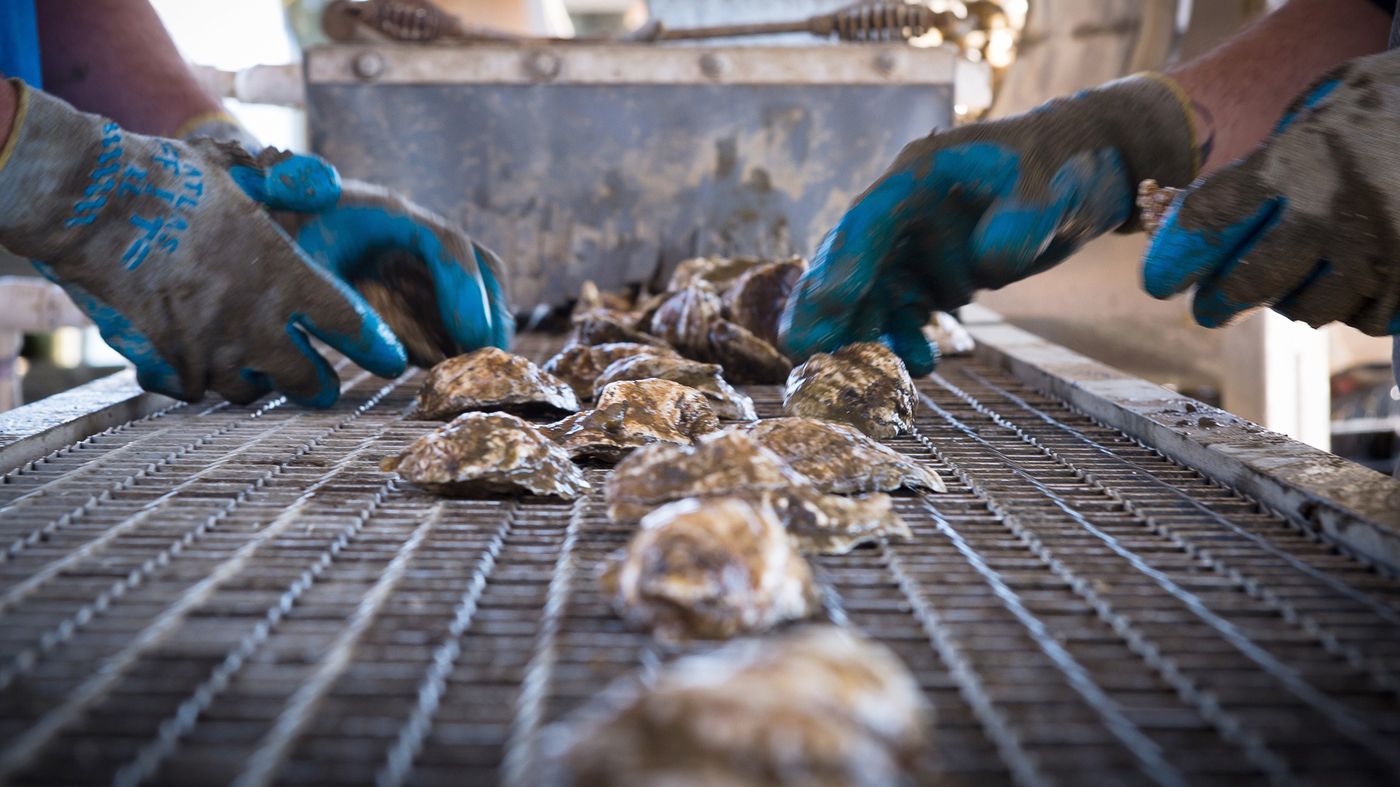Is seagrass the answer to ocean acidification?
A new study published in Ecological Applications thinks that seagrass meadows could be the answer to alleviating ocean acidification throughout the ocean. Ocean acidification is the process in which carbon dioxide that is absorbed from the atmosphere into the ocean reacts to produce carbonic acid. Carbonic acid is bad for many marine animals like mussels, oysters, and corals because it corrodes calcium carbonate, which is what many marine creatures with exoskeletons need for growth.
But this research from Carnegie Science Institute suggests that seagrass beds, which are already a critical nursery habitat for young marine animals and also prevent erosion in shallow shorelines, could act as localized carbon sinks, taking up CO2 in the ocean during photosynthesis in order to alleviate the acidity of particular points
Looking towards California’s coastline as a case study for the benefits of seagrass beds, researchers David Koweek and Ken Caldeira set off with their team to determine just how much of an impact seagrass could have on ocean acidity. Using data from seagrass meadows in Tomales Bay, they analyzed several factors including the amount of seagrass within the meadow, seasonal variation in photosynthetic activity and nighttime respiration, water depth, and tidal currents.
What they found is that while seagrass meadows aren’t the be-all, end-all solution, they could give certain species a temporary leg-up against ocean acidification. "Local stakeholders, such as California's shellfish industry, want to know whether seagrass meadows may help to counteract ocean acidification," Koweek said. "Our results suggest that seagrass meadows along the California coast will likely offer only limited ability to counteract ocean acidification over long periods of time." The study’s results suggest that where seagrass meadows are present, the levels of ocean acidity could “turn back the clock” a few decades.
Interestingly, the scientists also found that certain time slots benefitted greater from the consequences seagrass meadows; particularly when low tides coincide during the daytime when photosynthesis occurs. This information could help inform aquaculture and wild shellfish and fisheries industries in future practices.
"We are starting to understand that some marine organisms, such as blue mussels, are actually able to shift the time of day in which they do most of their calcification. If other organisms are able to do the same, then even brief windows of significant ocean acidification buffering by seagrass meadows may bring substantial benefits to the organisms that live in them," Koweek said. "However, seagrass meadows are a critical part of California's coastline. Although our results indicate that seagrass meadows along the California coast are not likely to offer long-term buffering to fight ocean acidification, their enduring role as habitat for marine organisms, protectors against sea level rise, and magnets of biodiversity should be more than enough reason to restore and protect these iconic ecosystems."
Sources: Science Daily, Carnegie Science Institute









